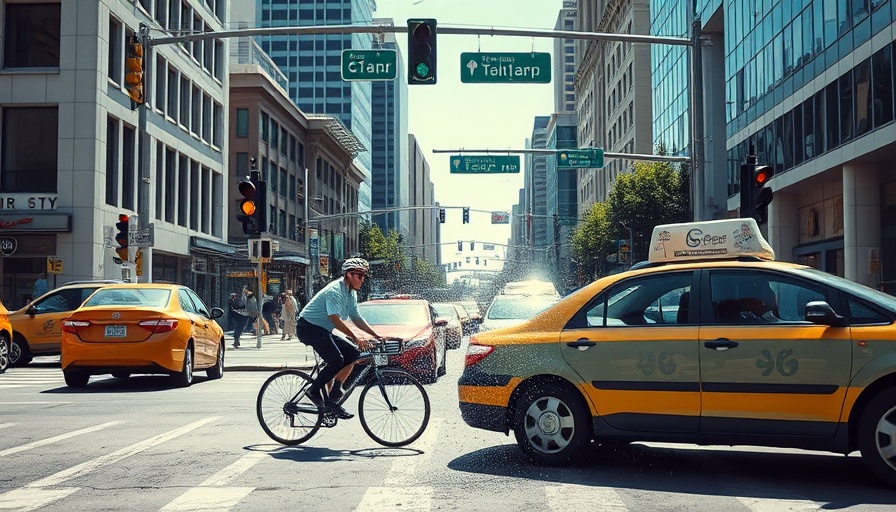
Understanding the Latest Decisions on Rent Hikes
The New York City Rent Guidelines Board recently made headlines by pulling back on previously proposed rent hikes for two-year leases in rent-stabilized apartments. The newly adjusted range is now set between 3.75% and 7.75%, dropping from the prior minimum of 4.75%. Meanwhile, one-year lease increases remain intact at a range of 1.75% to 4.75%. This decision reflects the ongoing struggle to balance the needs of tenants and landlords amidst a challenging economic landscape.
Why This Matters for NYC Residents
Rent-stabilized apartments play a crucial role in New York's housing market, making up roughly half of the city’s apartment stock. With nearly one million units affected by these adjustments, the decisions made by the Rent Guidelines Board are not just regulatory changes but directly impact the lives of countless residents. Mayor Eric Adams has labeled the upper cap of 7.75% on two-year leases as "unreasonable", indicating a growing concern regarding housing affordability.
Future Implications for Renters and Landlords
As the June 27 vote approaches, the implications of these adjustments remain to be fully realized. Both tenants and landlords are watching closely, as a significant portion of the urban population relies on balance in these decisions to navigate their housing situations. Continued public discourse will be essential in shaping the final outcome.
The Role of Advocacy in Rent Regulation
The Rent Guidelines Board consists of nine members appointed by the mayor, including representatives from tenant and property owner backgrounds. This diverse composition is intended to ensure that various perspectives are considered, yet it also brings to light the complexities of housing policy in a city as diverse as New York. The implications of rent regulations are vital to discussions among law practitioners, accountants, and those in the medical field who face unique housing challenges themselves.
As the final vote approaches, New Yorkers and interested stakeholders in the legal and financial sectors should prepare for community discussions and potential advocacy efforts to ensure their voices are heard regarding these vital housing policies.
 Add Row
Add Row  Add Element
Add Element 



Write A Comment